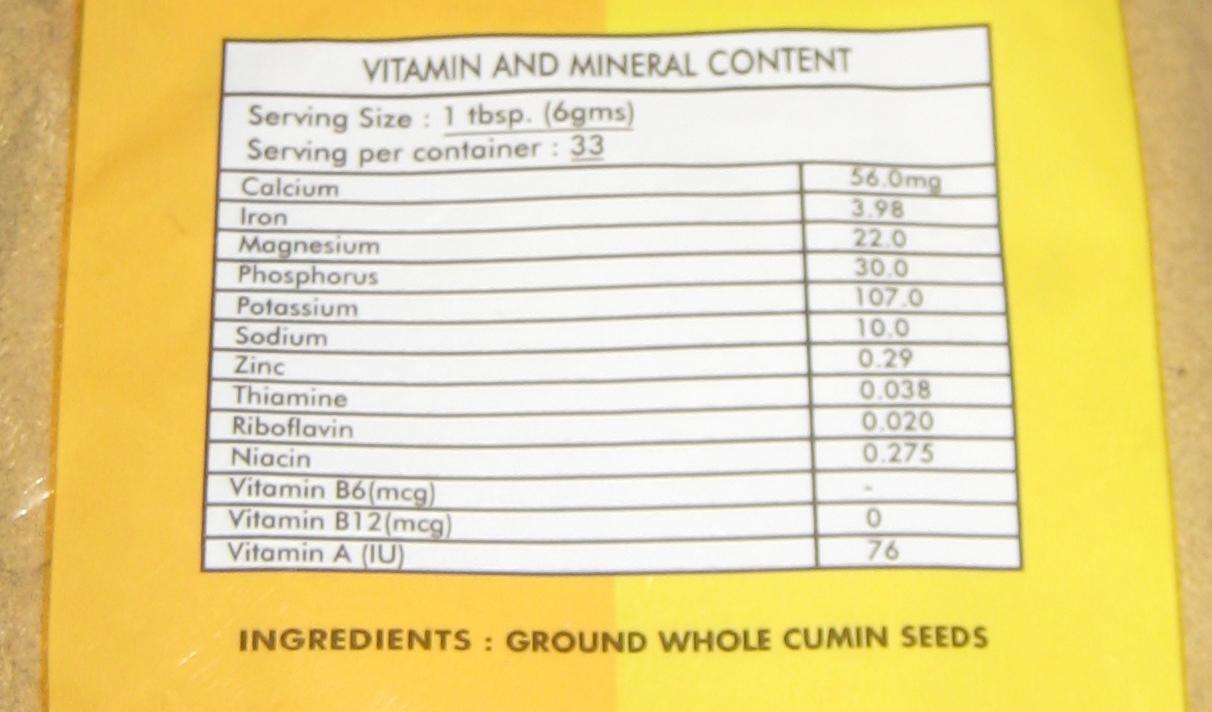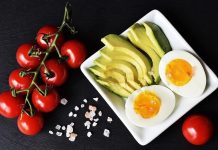In the bustling aisles of the modern supermarket, nutrition labels serve as the quiet navigators of our health journey, offering a wealth of information in compact, cryptic squares. Yet, for many, these labels remain an enigma, a complex puzzle of percentages and polysyllabic ingredients. “” aims to demystify this everyday riddle, transforming confusion into clarity. Whether you’re a health enthusiast, a parent with a picky eater, or someone simply striving for a balanced diet, this guide will equip you with the skills to decode nutrition labels with confidence. Step into the world of informed choices, where every bite is backed by knowledge and every meal is a step toward a healthier you.
Decoding the Ingredients List for Hidden Additives
When you glance at a nutrition label, the list of ingredients can sometimes read like a foreign language. But beneath those scientific names and cryptic codes lie the secrets to understanding what you’re really consuming. Here are some tips to help you decode these lists and spot hidden additives that might not be immediately obvious.
- Watch out for sneaky sugars: Sugar isn’t always labeled as “sugar.” Look for ingredients like high fructose corn syrup, sucrose, and maltose. These are all forms of sugar that can increase the calorie content without providing nutritional benefits.
- Be wary of artificial colors and flavors: These are often listed by their E numbers (like E102 or E110) and can be found in everything from candy to soft drinks. While they make food look more appealing, they offer no nutritional value and may cause allergic reactions in some individuals.
- Identify preservatives and emulsifiers: Ingredients such as sodium benzoate and lecithin are used to prolong shelf life and improve texture. While generally recognized as safe, they can sometimes cause sensitivity in those with specific dietary restrictions.
- Understand the role of stabilizers and thickeners: These additives, like xanthan gum or carrageenan, are used to enhance the texture and consistency of products. While not harmful in small amounts, they can cause digestive issues if consumed excessively.
By familiarizing yourself with these common additives, you can make more informed choices and ensure that what you consume aligns with your health goals. Remember, the fewer ingredients, the closer the product is to its natural state.

Mastering Serving Sizes and Portion Control
Understanding serving sizes and portion control is pivotal when deciphering nutrition labels. The serving size, often found at the top of the label, dictates the nutrient information provided. It’s crucial to note that the entire package may contain multiple servings, which can lead to consuming more calories and nutrients than intended. Being aware of this can help in making informed dietary choices and maintaining balanced nutrition.
- Pay Attention to Servings Per Container: Always check how many servings are in the package. It’s easy to overlook this and accidentally consume more than you planned.
- Use Visual Cues: Familiarize yourself with common portion sizes. For instance, a serving of meat is roughly the size of a deck of cards, while a serving of cooked pasta is about the size of a baseball.
- Measure and Weigh: Use measuring cups and food scales at home to get a better grasp of portion sizes, ensuring you’re not underestimating your intake.
By mastering these elements, you can better manage your dietary habits and align them with your health goals. It’s about creating a mindful approach to eating, where you are in control, not the food packaging.

Understanding Daily Values and Nutrient Density
When you’re scanning a nutrition label, two key concepts to grasp are Daily Values (DVs) and nutrient density. These elements are crucial in determining how a particular food fits into your overall diet. The Daily Values, often expressed as percentages, are based on a 2,000-calorie diet and help you gauge the nutrient contribution of a serving. Foods high in certain nutrients, like vitamins and minerals, can help you meet these percentages more easily.
To assess nutrient density, focus on foods that offer a high amount of nutrients for relatively few calories. Here are some tips to help you identify nutrient-dense options:
- Look for high percentages of vitamins and minerals, such as vitamin C, calcium, and iron.
- Choose products with more fiber and protein, as these contribute to satiety and overall health.
- Avoid items high in added sugars and saturated fats, as these can dilute nutrient density.
By mastering these concepts, you can make informed choices that support a balanced and healthful diet.

Spotting Misleading Claims and Marketing Tricks
In the world of food packaging, not all that glitters is gold. Companies often use misleading claims and clever marketing tricks to sway consumers. When scanning nutrition labels, keep an eye out for terms like “all-natural” or “light,” which might not mean what you think. For instance, “light” might refer to the color or flavor rather than calorie content. Similarly, the term “sugar-free” can be deceptive, as products may still contain artificial sweeteners that have other health implications.
To navigate these waters, focus on the ingredient list and serving sizes. Here’s what to look for:
- Serving Size: Check if the portion is realistic. A small serving size might make a product appear healthier than it is.
- Ingredients: The fewer, the better. Ingredients are listed by quantity, so if sugar is one of the first few, the product might not be as healthy as it seems.
- Added Sugars: Be wary of terms like “high-fructose corn syrup” or “dextrose,” which indicate added sugars.
By reading between the lines, you can make informed choices and not fall prey to the shiny, but often deceptive, packaging claims.
The Conclusion
As you venture forth into the aisles of your local grocery store, armed with newfound knowledge and a discerning eye, the once-daunting world of nutrition labels now stands before you like an open book. No longer are these labels mere clusters of numbers and jargon; they are now your allies in crafting a healthier, more informed lifestyle. Whether you’re counting calories, monitoring sodium, or seeking out hidden sugars, your ability to decode these labels empowers you to make choices that align with your personal health goals.
Remember, every journey toward better nutrition begins with a single step—or in this case, a single label. With practice, patience, and a pinch of curiosity, you’ll soon navigate these labels with the confidence of a seasoned pro. So, go forth and explore the rich tapestry of flavors and nutrients that await you, knowing that you hold the key to unlocking a healthier future, one label at a time.


































